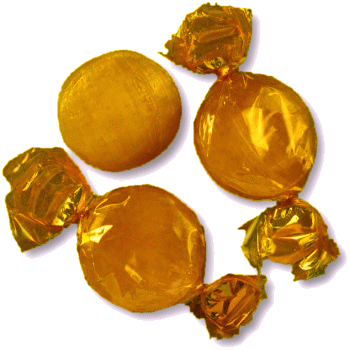




WELCOME TO An Entertainment Site for Scottish Country Dancers - Enjoy the curated selection of theme-related dances for celebrations and holidays, or find a dance associated with a special calendar day, or EVEN your own birthday!
Kópakonan: A statue of the Seal Woman was raised in Mikladagur on the Faroese island of Kalsoy in 2014
Seal Day
Mar 22
Other Scottish Country Dances for this Day
Today's Musings, History & Folklore
"The Selkie was bathing in morning light
A fisherman struck by this beautiful sight.
Alone he was in his solitary life
He stole her pelt and made her his wife."
~ Selkie, Fiona Lochhead
Take care, humans, lest you find yourselves enchanted today! And if by chance you're dancing with someone from Clan MacFie, keep a keen eye on them during those parallel reels and progressive petronellas in this lively 32-bar reel—for legend whispers that they may be distant descendants of the Selkies.
Selkies, or "Seal Folk," are magical beings of Scottish lore, capable of shifting between seal and human form by shedding their seal-skin. Tales of these mysterious creatures come mainly from the Orkney and Shetland Islands, though similar legends appear in Faroese and Icelandic folklore, often featuring seal-maidens and enchanted seal-skins. The word "selkie" is a diminutive of the Scots word selch, meaning "grey seal," though some stories also use the term maighdeann-ròin—“seal maiden.”
According to ancient tradition, certain families are believed to descend from these mystical beings. Among them, Clan MacFie is perhaps the most renowned. Their name, once spelled MacDuffie, traces back to the Gaelic MacDubhSithe, meaning “son of the dark fairy” or “son of the elf.” One enduring legend even claims that the very first MacFie took a Selkie as his bride—an enchanted union of sea and land. 💙 💚 💙 🧜♀️ 🦭 💍 🌊
The Selkie Wife
Selkies are mythological creatures found in Scottish, Irish, and Faroese folklore. Selkies are said to live as seals in the sea but shed their skin to become human on land. This legend is prominent in tales from Orkney and Shetland.
Male selkies are said to be very handsome in their human form, having great seductive powers over human women. They typically seek those who are dissatisfied with their lives, such as married women waiting for their fishermen husbands. If a woman seeks to make contact with a selkie male, she must shed seven tears into the sea.
On the opposite side, if a man steals a female selkie's shed skin she will be in his power and is forced to become his wife. Female selkies are said to make excellent wives, but because their true home is the sea, they will often be seen gazing longingly at the ocean. If the selkie wife finds her skin she will immediately return to her true home, and sometimes to her selkie husband, in the sea.
Gaelic historian John MacAulay puts forward an interesting theory, that the Selkie stories are actually a very old form of oral history. He suggests that for thousands of years, Eskimo type kayakers in sealskin canoes have been travelling down to Scotland from remote Arctic Norway. The Sea Sami, now extinct, were a nomadic tribe of hunter-gatherers that used Eskimo kayaks and technology to hunt and fish. The Selkie stories may be the only remnants of these tribes, preserved in the oral stories passed down through generations. For more on this theory, click here.
And for Selkie legends from Orkney, click the illustration of "The Selkie Wife," by artist Victor Ambrus.
Click the dance cribs or description below to link to a printable version of the dance!



